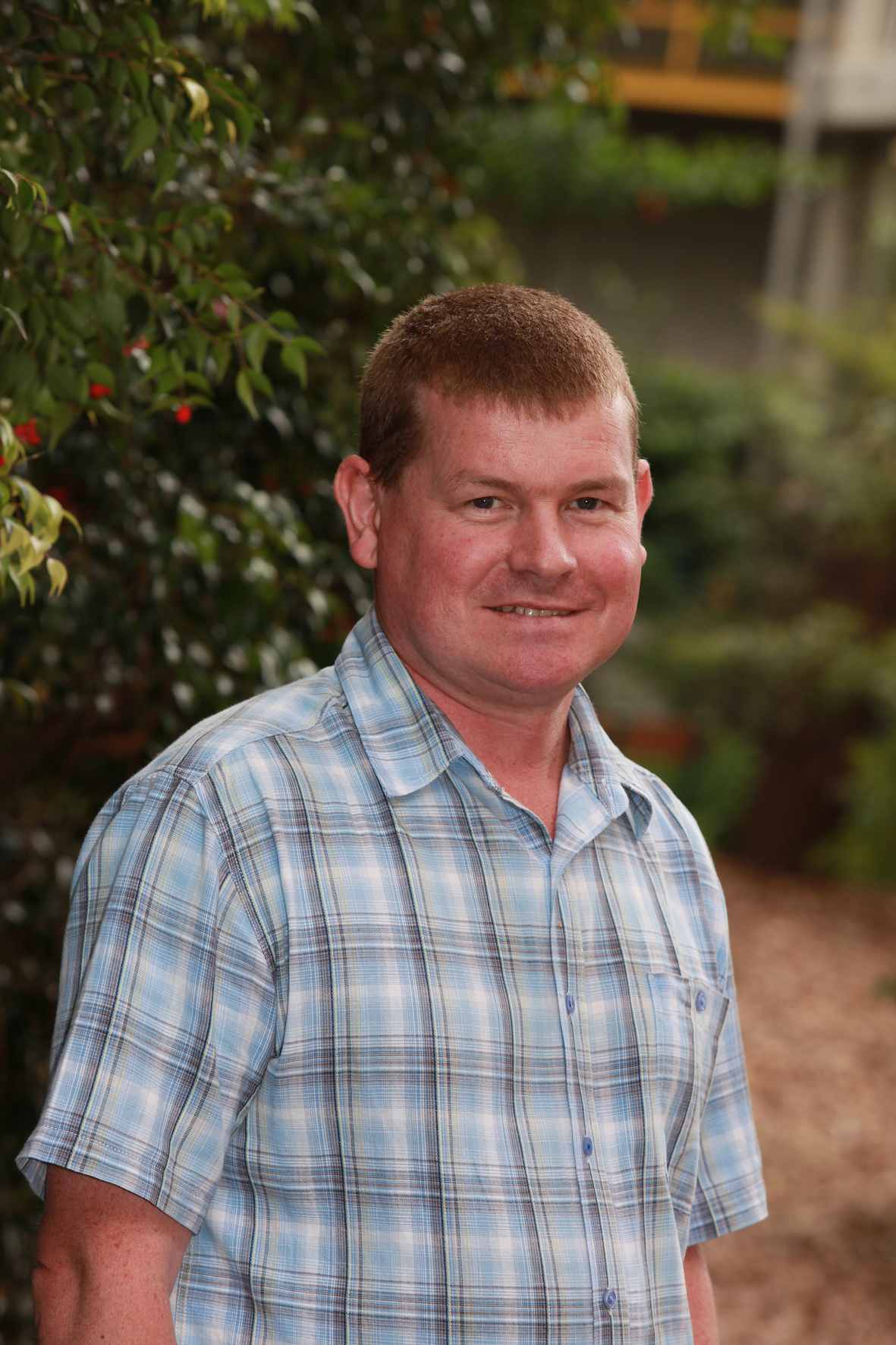Developing effective delivery of biologically active molecules to the maturing egg embryo is the focus of research being undertaken by Dr Tim Mahony at The University of Queensland. This is a collaborative project (sub-project 1.3.2) between the Poultry CRC, The University of Queensland and DAFF (formerly DEEDI).
“During the first round Australian Poultry CRC, we were focused on the development of a new more sustainable Marek’s disease vaccine” said project leader Dr Tim Mahony. “That project was largely successful. We are now taking the vaccine technology developed in that earlier project into the new CRC and using it to deliver biologically active molecules for a variety of applications”.
The technology enables Dr Mahony to take a virus that is currently widely used as a vaccine, herpesvirus of turkeys (HVT), and manipulate the HVT genome in bacterial cells. Once the genetic changes have been fully characterised they can then move the viral genome from the bacterial cells back into chicken cells, and recover infectious virus which can be used to vaccinate chickens or developing embryos.
Dr Mahony adds, “One of the exciting things about this project is we are not just focused on the development of in ovo vaccines to prevent specific diseases, though this is an important part. We are also developing “vaccines” that have more general effects such as priming the part of the immune system that is the first to confront an invading pathogen. Thus, while improving the protection provided by a conventional vaccine to a specific pathogen, we can also provide a more general protection against other pathogens”.
By delivering this protection prior to hatch the hope is to provide enhanced protection for the chicken when it needs it most. This project is also working towards a vaccine that will alter the sex ratio of hatching eggs. “To improve the overall application of our technology we think we need to have a specifically modified HVT for delivery to eggs depending on what stage of development the embryo is at” Dr Mahony explained. “For example, if we were to use the HVT we’d use at day 19 to deliver a conventional vaccine at very early stage in embryo development, it is likely the vaccine would kill the embryo”. Many challenges need to be addressed in balancing the benefits of these biologically active molecules and enhanced immunity, or alteration of some other trait for improved productivity.
“We are currently in the final stages of determining the molecular mechanisms behind why some HVT viruses grow to different levels in chickens” said Dr Mahony. This information will be used to fine tune HVT based vaccines for different in ovo applications. “We are also developing a HVT in ovo vaccine for necrotic enteritis in collaboration with Rob Moore which should be ready for testing later this year”.


